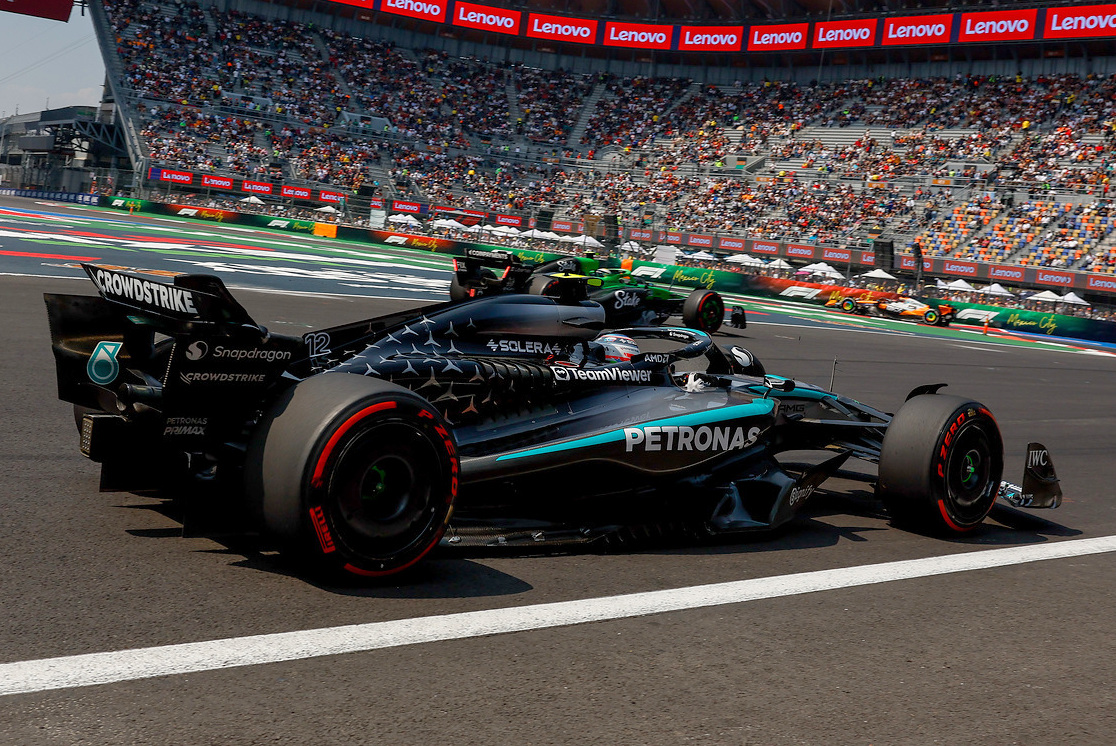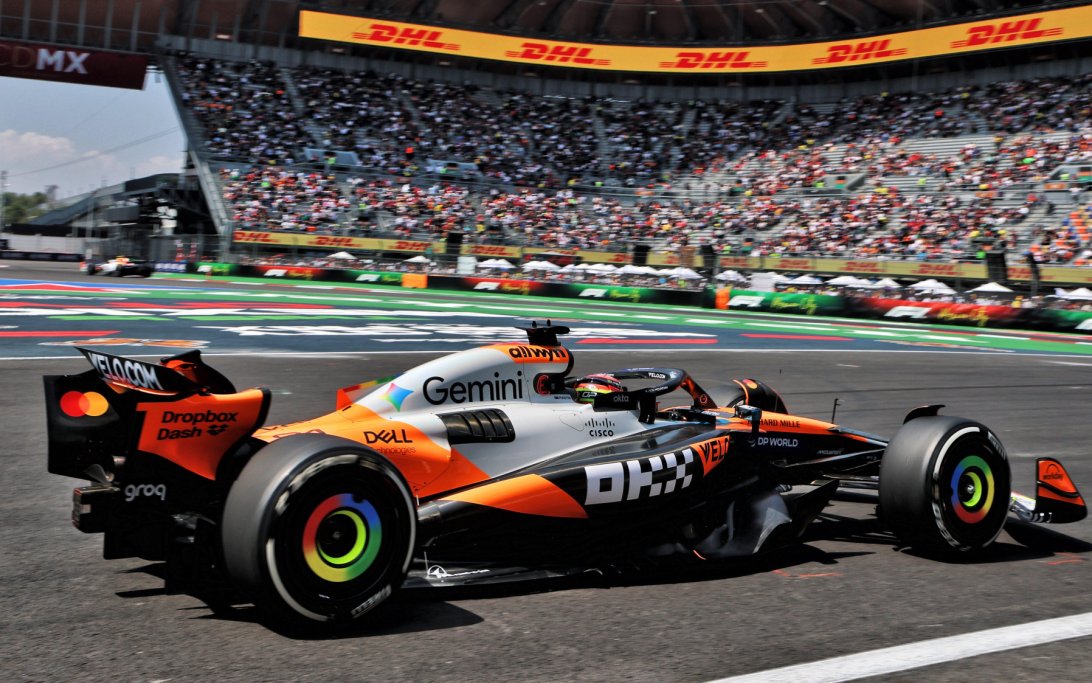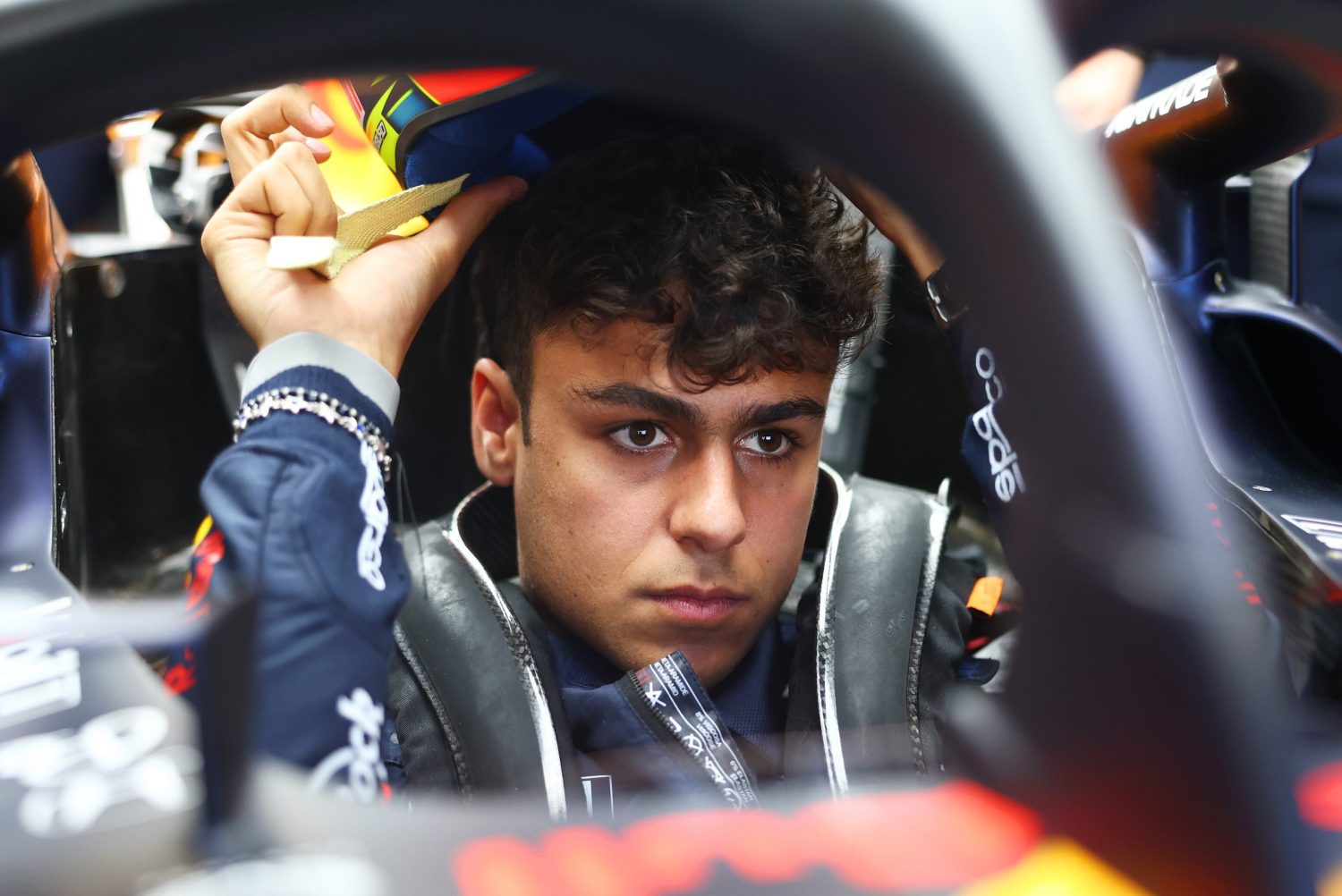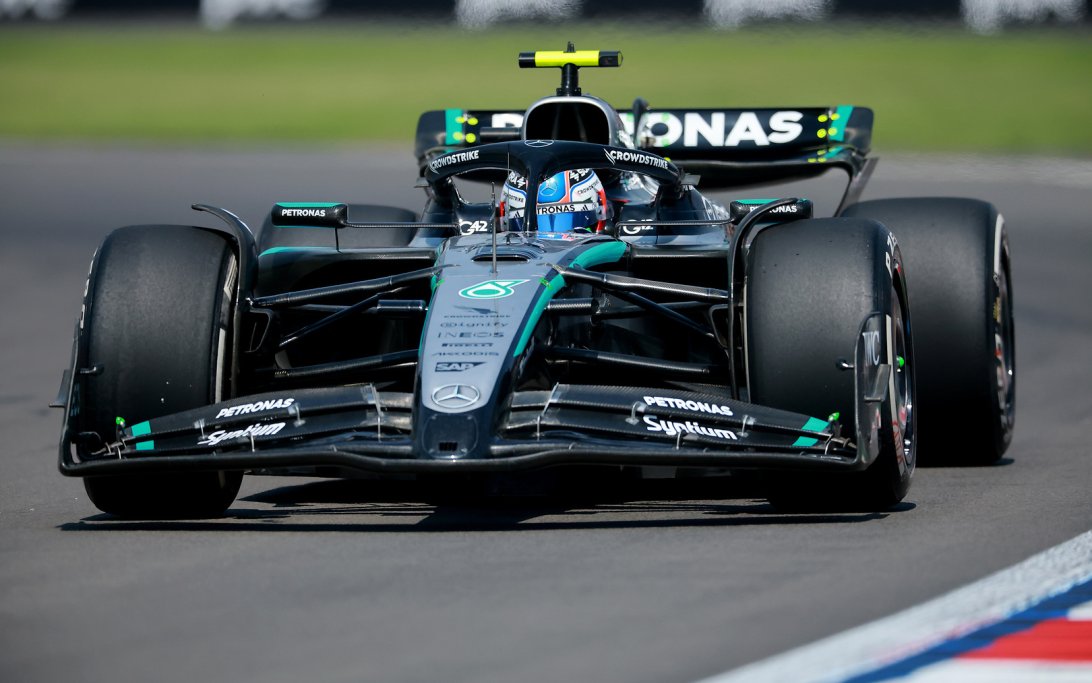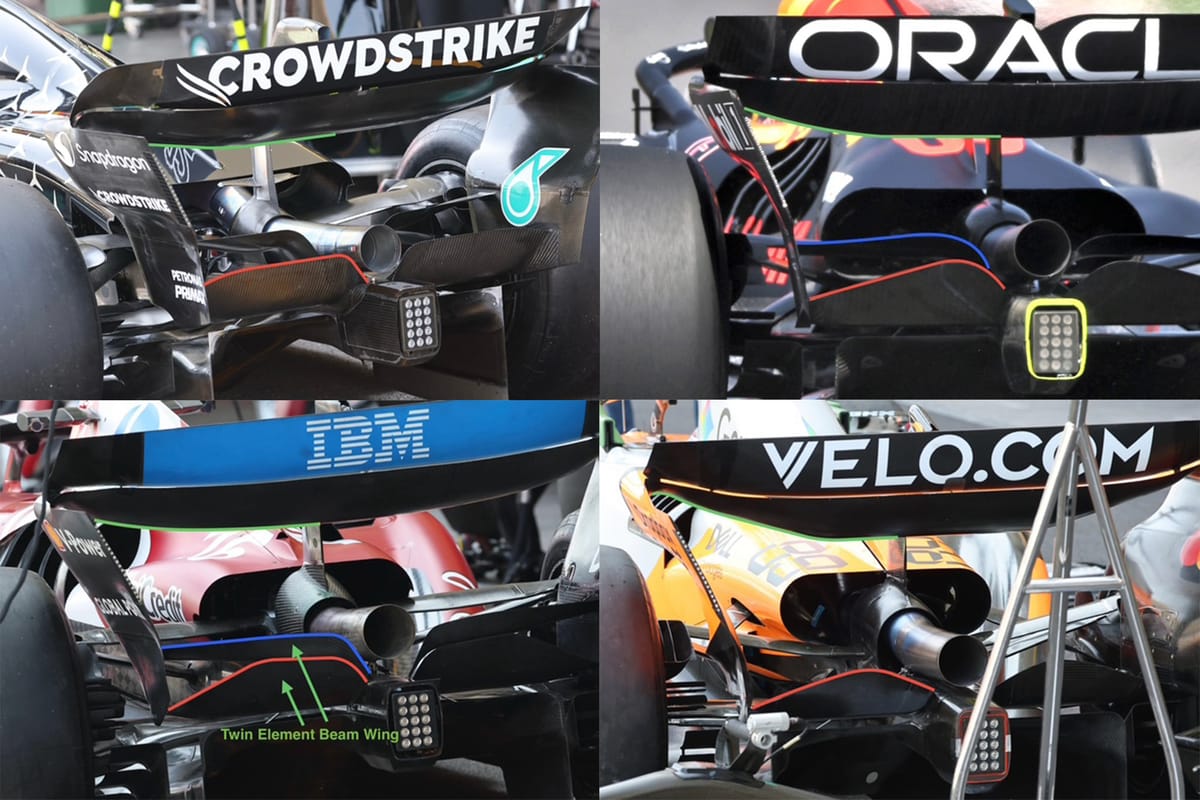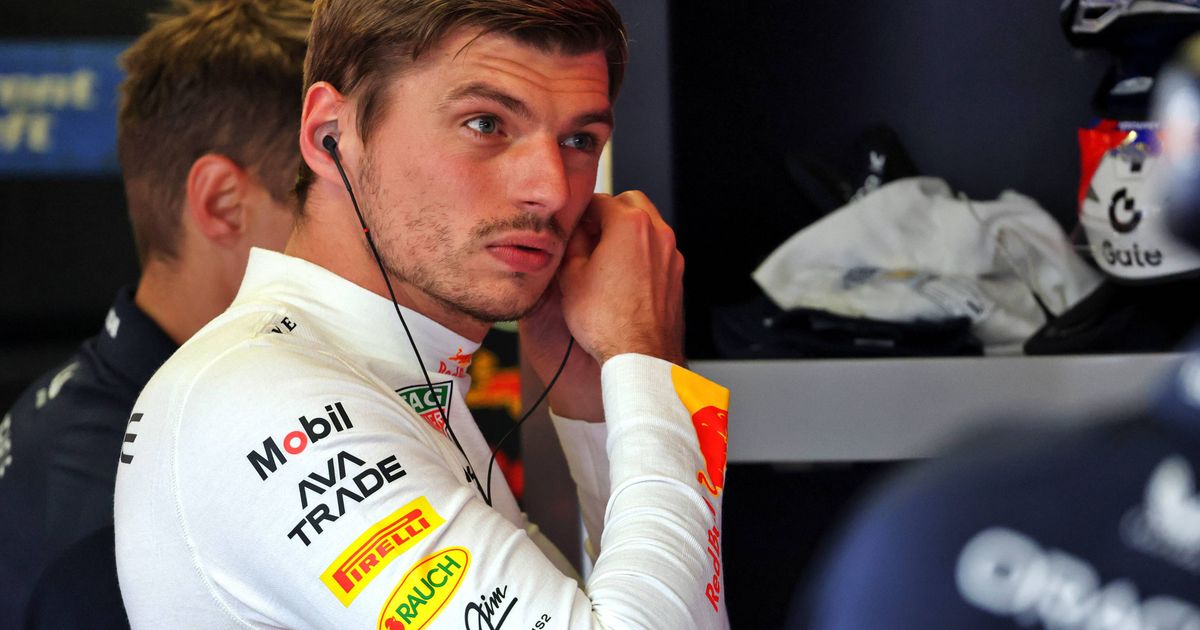
Verstappen and Norris Lead the Pack in Mexico GP Long-Run Analysis
Max Verstappen and Lando Norris emerged as the frontrunners in the Mexico Grand Prix long-run simulations during Free Practice 2, showcasing impressive race pace ahead of the weekend's main events. Both drivers consistently clocked competitive times, setting the stage for a thrilling battle at the Autodromo Hermanos Rodriguez.
Why it matters:
- Long-run pace is a critical indicator of a car's performance over a full race distance, highlighting potential contenders for the Grand Prix win.
- Verstappen's strong showing reinforces Red Bull's dominant form, while Norris's matching pace underscores McLaren's significant improvements this season.
- Understanding the long-run dynamics helps teams fine-tune strategies for tire management and race stints.
The Details:
- Verstappen's Performance: After a commanding 1:17.392 in qualifying simulations, Verstappen transitioned to long runs, consistently averaging times in the low 1:21s to mid 1:22s.
- Norris's Challenge: Lando Norris in his McLaren mirrored Verstappen's pace, often matching or even surpassing the Red Bull driver with similar times in the low 1:21s and mid 1:22s.
- Ferrari and Mercedes: Charles Leclerc (Ferrari) trailed slightly, mostly in the low to mid 1:22s, while Lewis Hamilton (Mercedes) was in the mid to high 1:22s.
- Piastri's Pace: Oscar Piastri (McLaren) struggled to match his teammate and Verstappen, largely staying in the low to mid 1:22s, only dipping below the 1:22 mark once during his long runs.
- Russell's Consistency: George Russell (Mercedes) showed decent pace, frequently running in the low 1:22s during his long-run session.
The Big Picture:
Red Bull and McLaren appear to have the edge in race pace, suggesting a potential two-team fight for victory in Mexico. Ferrari and Mercedes, while competitive, will need to find additional performance to challenge the leading pair, especially in managing tire degradation over longer stints. McLaren drivers, despite their promising pace, have already voiced concerns about car imbalance, indicating there's still work to be done.
What's next:
Teams will use the data from FP2 to make crucial adjustments ahead of FP3 and, more importantly, qualifying. The final practice session will be vital for fine-tuning car setups and ensuring optimal performance for the critical qualifying session, which determines the starting grid for Sunday's race. The battle for pole position will be a key indicator of who truly has the upper hand this weekend.
Original Article :https://www.gpblog.com/en/news/mexico-gp-long-run-analysis-verstappen-norris-lea...


